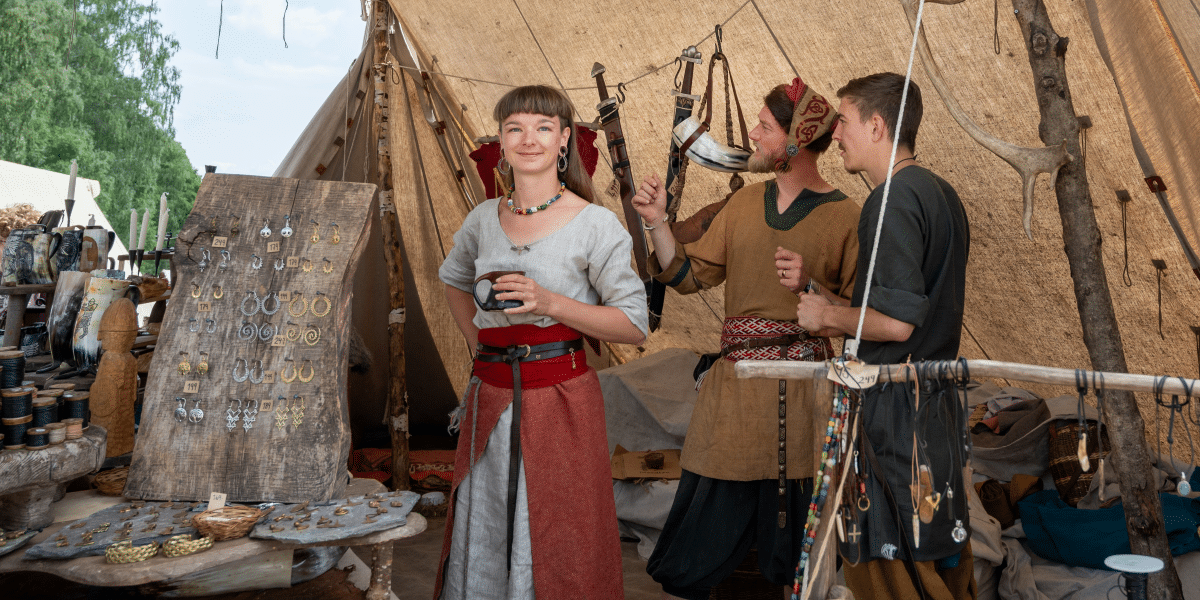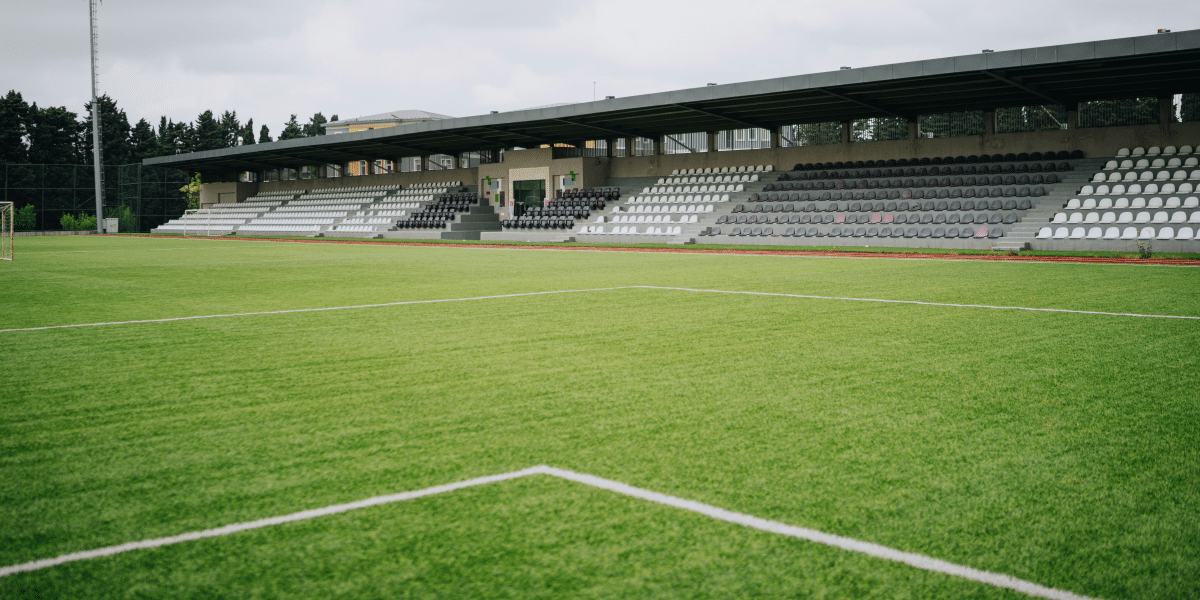Safety and Etiquette for Lagoon Swimming
Swimming in a lagoon can be an unforgettable experience, offering serene waters, natural beauty, and a peaceful atmosphere. Whether you’re visiting a well-known tropical lagoon or a secluded spot closer to home, there are a few essential things to know to ensure a safe and respectful experience. From potential hazards to environmental responsibility, here’s everything you should remember before diving into a lagoon.
Assess the Lagoon Environment and Conditions
Before stepping into any lagoon, it is crucial to evaluate the area for potential risks or hazards. Many lagoons have rocky or uneven bottoms, coral formations, or submerged debris that can be dangerous to swimmers. Examining the lagoon’s entrance, water clarity, and any posted warnings can help you make an informed decision about swimming conditions.
Check for signs indicating hazards like strong currents or marine life advisories. If no posted information is available, look out for any noticeable changes in the water’s movement, which could signal currents or channels connecting the lagoon to open waters. Swimming in calmer sections and away from entrances or exits that lead to the sea can help avoid strong currents that may catch swimmers off guard. In addition, the lagoon’s natural setting may include sharp coral reefs or slippery rocks that could cause injuries.
Respect Lagoon Wildlife
Lagoons are home to various marine life, including fish, sea turtles, and, in some regions, even small sharks or stingrays. Encountering wildlife can be an exciting aspect of swimming in a lagoon, but respecting the creatures you might encounter is essential. Approaching, feeding, or attempting to touch wildlife can disturb their natural behaviors and could be dangerous for you and the animals.
It is best to keep a respectful distance from any marine life you spot. Swimming calmly and avoiding loud noises will help you observe these fascinating creatures without causing them stress. Lagoons are often surrounded by rich biodiversity, and respecting wildlife can make your experience feel even more special while helping preserve the environment.
Be Mindful of Currents and Tides
While lagoons are typically known for calm waters, some can be subject to changing tides and strong currents, especially near channels that connect to the open sea. These currents can be surprisingly strong, even in seemingly calm areas, so it’s essential to remain vigilant about the water’s movement and follow any local guidance about safe swimming zones. Staying informed and aware of these conditions can help you confidently enjoy the lagoon’s beauty.
Protect Yourself from the Sun
Spending time by a lagoon means prolonged sun exposure, which can lead to sunburn and dehydration if you’re unprepared. Applying sunscreen with high SPF protection before swimming and reapplying it regularly will help shield your skin from harmful UV rays. Wide-brimmed hats, sunglasses, and protective clothing offer extra protection while out of the water.
Staying hydrated is also essential. Bring plenty of water and take breaks in shaded areas, particularly during midday when the sun is strongest. These precautions allow you to enjoy your time at the lagoon comfortably, minimizing the risk of sun-related health issues.
Practice Environmental Responsibility
Lagoons are sensitive ecosystems that can be quickly impacted by human activity. To help preserve the lagoon’s beauty and health, minimizing your environmental footprint is essential. One of the simplest ways to protect the environment is by choosing reef-safe sunscreen. Certain chemicals commonly found in sunscreens can harm coral reefs and marine life.
Additionally, make sure to clean up after yourself. Dispose of trash properly, and avoid leaving debris behind that could affect the lagoon’s natural habitat. Be cautious around any coral reefs or plants, as these ecosystems are delicate and can be damaged by contact or trampling.
Stay Safe in the Water
While swimming in a lagoon offers a peaceful retreat, it’s essential to prioritize safety. If possible, swim with a buddy or in an area supervised by a lifeguard. Knowing your swimming abilities and avoiding areas beyond your comfort level is vital for personal safety.
If unsure about the lagoon’s depth or terrain, proceed gradually and test the water’s conditions. Some lagoons have sudden drop-offs or varying depths that can catch swimmers by surprise. Staying close to shore and swimming within designated areas helps avoid unexpected challenges, especially in unfamiliar lagoons.
Embrace the Lagoon’s Natural Beauty Responsibly
Swimming in a lagoon is a memorable way to connect with nature. By approaching the experience with respect for the environment and a commitment to safety, you can enjoy the while contributing to the lagoon’s preservation. The stillness, clear waters, and vibrant marine life of a lagoon offer a unique swimming experience that’s as calming as invigorating.
Whether you’re a frequent lagoon visitor or experiencing one for the first time, following these guidelines ensures a safe and environmentally responsible adventure. So pack your essentials, stay mindful of your surroundings, and immerse yourself in the natural beauty of lagoons.
Published by: Nelly Chavez





